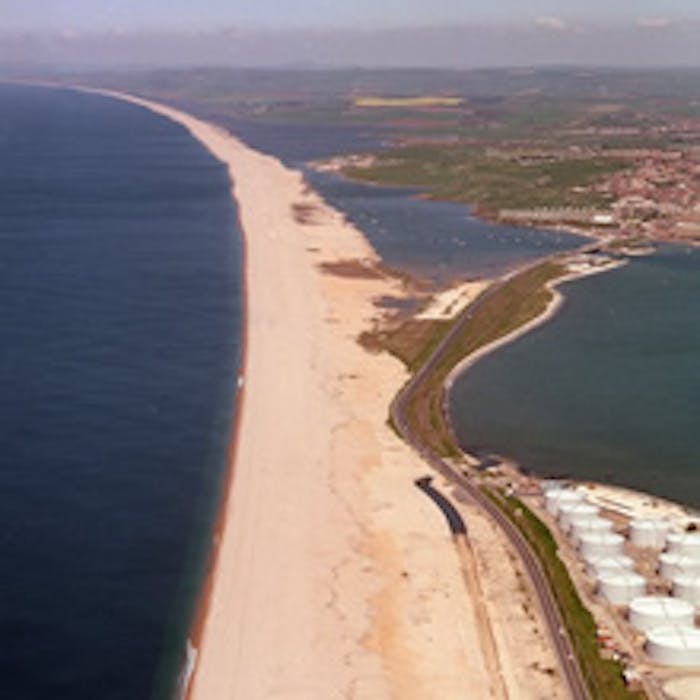
Chesil Beach - Dorset's unusual natural seafront
Chesil Beach is an unusual coastal feature in Dorset creating an intriguing mix of beach and inland lagoon. The 18-mile long shingle barrier beach stretches from West Bay to the Isle of Portland and forms part of the Jurassic Coast World Heritage Site.
It is made up of pebbles graded in size by sea action from potato-sized near Portland to pea-sized at Bridport.
Chesil Beach is one of three major shingle beach structures in Britain. Its name is derived from the Old English ceosel or cisel, meaning 'gravel' or 'shingle'. It is made up of mainly flint and chert from the Cretaceous and Jurassic rocks, along with Bunter pebbles carried from Budleigh Salterton along the coast in Devon. It is believed that smugglers, landing on the beach at night, could judge their position along the coast simply by picking up a handful of the shingle.
The sweeping, shingle ridge stretching for miles into the distance is a unique sight to behold. The view of Chesil Beach from the coast road above the village of Abbotsbury has been voted by Country Life Magazine as Britain’s 3rd best view.
Inside Chesil Beach lies a large saline lake known as the Fleet Lagoon, one of the few remaining undisturbed brackish lagoons left in the world. The lagoon is home to the mute swan colony at Abbotsbury, the only place in the world where you can walk through a nesting colony, and one of Dorset’s most popular tourist attractions.
Designated a SSSI, the Fleet Lagoon is an important natural wildlife habitat for many species, and is a good spot to see little egrets, dark bellier brent geese, and common greenshanks. You can learn more about Chesil’s wildlife at the Chesil Beach Visitor Centre, where there is also a cafe.
Further reading
Links to external websites are not maintained by Bite Sized Britain. They are provided to give users access to additional information. Bite Sized Britain is not responsible for the content of these external websites.
